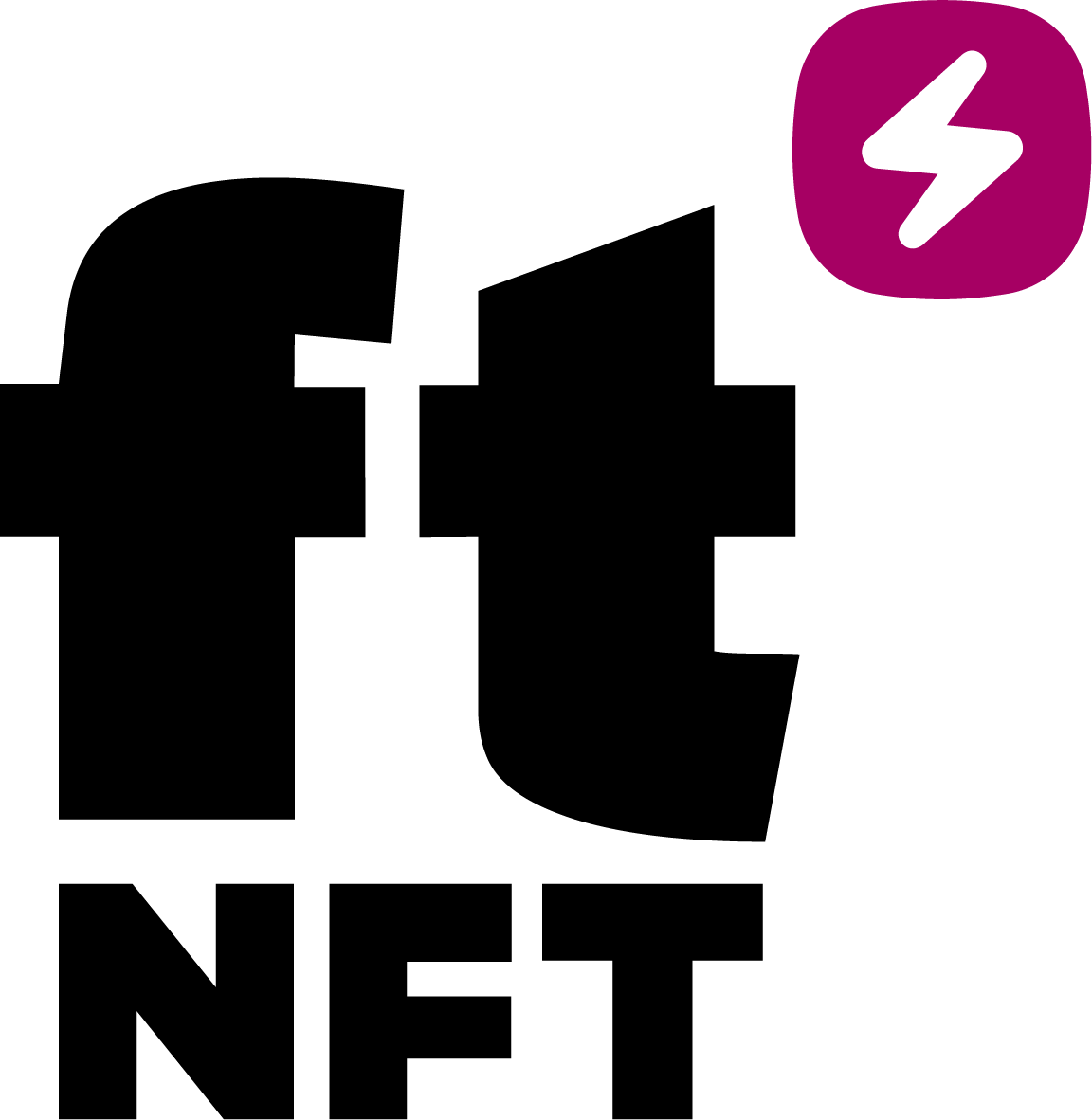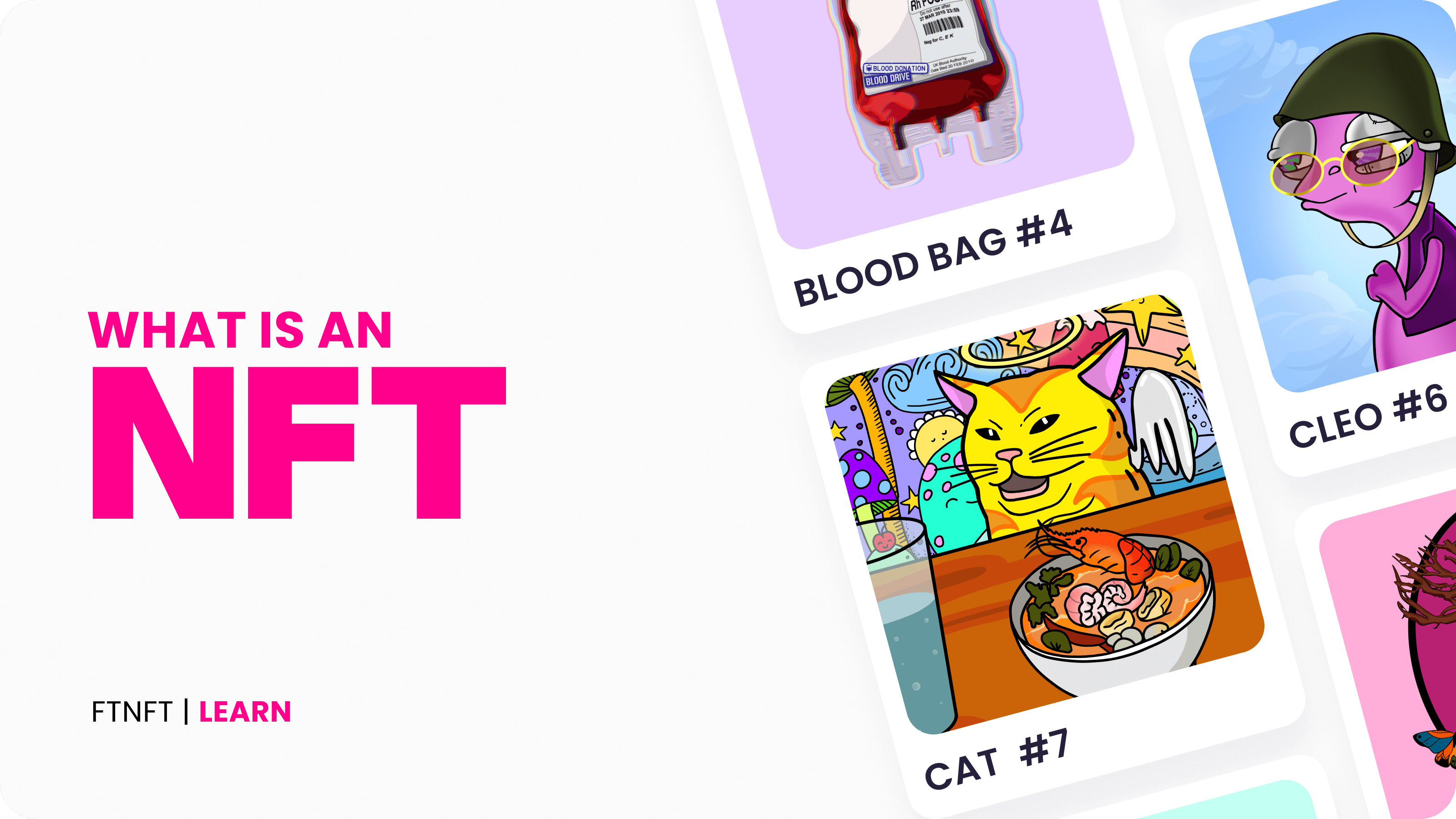The digital economy is experiencing a whopping amount of trends coming along. Top among them are non-fungible tokens that have done some fundamental reshaping to different industries and are still a hot topic. To find out what’s all the fuss about, you’ll need some quick and essential insights into what NFTs are.
In a nutshell, non-fungible tokens are digital assets that are secured by cryptography. These blockchain-based cryptographic assets, however, cannot be exchanged equivalently like other fungible tokens.
Before joining the NFT craze, make sure you have all the info to get you up to speed.
Table of Contents:
What Is an NFT?
You can no longer remain oblivious to NFTs. While some are still wondering what an NFT is, it’s causing a lot of drama all around the globe, bringing some significant shifts. Hopping on the trend, here’s what you need to know.
NFTs are non-fungible tokens that have a specific identifier to separate them from one another. While homogeneous and fungible tokens can be easily exchanged for one another, NFTs cannot be traded or exchanged in the same way. Non-fungibility is what ties them up with the concepts of authenticity and ownership.
Every NFT has a digital signature, which makes each of them unique. These digital assets can be everything from images to films, audio data, or any other digital material.
Simply put, the essence is that Instead of a tangible physical item, as an owner, you receive its digital asset.
How Do NFTs Work?
The value of NFTs is usually set by the standards of the market, which can change depending on its supply and demand. Like physical items, the tokens can be bought and sold on popular NFT marketplaces. The essence of these marketplaces is to bring together buyers and sellers, simplifying the process.
Among the key takeaways on NFTs you should know is that most of them reside on the Ethereum blockchain, they possess valuable and unique data that makes it easy to verify the ownership of each token.
How to Create an NFT?
While the concept may seem complex at the beginning, creating NFT is actually not rocket science. The process dramatically varies based on the tools you opt for. However, there’s a checklist you need to keep in mind:
Type of your NFT
Before investing your time and efforts, ponder over what you will create. NFT space gives us a wealth of opportunities. Your digital art can feature everything from an image, song, GIF and beyond.
Blockchain
While the most popular one is Ethereum, and most marketplaces support NFTs created on Ethereum, others like Solana and Flow are also suitable for NFTs.
NFT Wallet
Choose and set up your digital wallet to proceed. You can research and go with the one that has all the features you need.
Among the popular NFT wallets are MetaMask and Coinbase.
NFT Marketplace
Why Are NFTs So Popular?
NFTs have considerably surged in popularity. Here’re some of the reasons behind its fame:
Uniqueness
Given their distinct properties, NFTs are frequently seen as a potential investment. As NFTs can be worth more than any of the cryptocurrencies used to purchase, they are an appealing target for investments.
New Possibilities
NFTs provide new possibilities for people to communicate, trade, and own a business online. NFTs enable "uniqueness" in the digital realm. And this opens up an infinite number of new possibilities.
NFT Highlights Timeline
While there’s no denying that, at the moment, the future of NFTs looks bright, some credit should also be given to some quick NFT history highlights.
Colored Coins
Being built on top of the Bitcoin network Colored Coins were the closest thing we got to an NFT back in 2012. Their mission was basically to set some Bitcoin coins apart from others. While still fungible cryptocurrencies, they enable the process of “coloring” the coins. It implies adding new elements besides the monetary value to separate certain coins from the rest.
Quantum
Kevin McCoy is the name you’ll often hear while getting to the roots of digital assets. Back in 2014, he minted “Quantum”, the (arguably) very first NFT on NameCoin.
Things to know about the very first NFT:
- It was an Octagon-shaped animation
- It was sold for $1.47 million via Sotheby’s in 2021
- There was a lawsuit over the ownership disputes
- The legal proceeding is still pending
Counterparty
Before the whole craze over the NFTs' popularization on Ethereum, Counterparty was the platform to get all the credit. It was originally built atop the Bitcoin network to enable minting, buying and selling digital assets. Using Bitcoin technology, Counterparty enables verifiable ownership of digital assets.
Other notable chronological developments of the NFT space include:
- Memes start being minted as NFTs
- NFTs Shift to Ethereum
- Token standards are being introduced
- CryptoPunks NFT collection goes viral
- CryptoKitties and MoonCats come along
- NFT gaming x Metaverse (Decentraland that uses native MANA token as an in-game currency has been introduced)
- Prestigious auction houses start selling NFT art
- Beeple’s NFT is sold for a record-breaking price
- Demand for NFTs surges in the Metaverse
How to Buy and Sell NFTs?
Although different countries have different regulations regarding NFTs or Crypto, they are accessible worldwide. If you’re interested in owning one, here’s how the process goes:
Choose the Platform
There are several popular NFT marketplaces out there, including ftNFT, Opensea, and SuperRare, where you can sell and buy NFT.
Because these platforms have some differences in features, you should first understand which Marketplace resonates with your expectations the most. The platform's security, transparency, 24/7 customer support, and user-friendliness are some characteristics to consider.
Additionally, if you are in Dubai, you can visit the phygital NFT Store and get the assets right from the shop. The shop even has a 3D scanner to make your 3D Avatar and provide an experience you’ve never had before in the NFT space.
Create Account
The process may differ depending on the platform you opt for. On some Marketplaces, you need to create an account, on others, you just need to create a Crypto Wallet and connect it to the marketplace.
With the crypto wallet option—the user needs to be sure that the crypto wallet he’s creating supports the blockchain that Marketplace operates on. There are also many multi-chain wallets (with Phantom Wallet, for example, you can have both Solana and Ethereum NFTs in one wallet).
When creating an account, you must fill out personal information, such as email address, name, surname, etc.
Create Wallet
Having a Crypto wallet is another crucial step when purchasing an NFT. This is simply because you need to have money to buy the NFT. While some marketplaces will also provide you with a wallet when registering, others might ask you to create a separate digital wallet. The last step is depositing the wallet according to the Marketplace's offers and requirements.
Choose Your NFT
After completing all the mentioned steps, choose an NFT that clicks with you the most. It’s best to start by doing some homework on the digital assets you’ll own. Get as many insights into it as possible, from the creator to the community and the project itself—look at who stands behind the project, the creator, the seller's verification, and more.
Twitter and Discord scrolling might also help you keep in line with the latest NFT drops.
FAQ
What does non-fungible mean?
While fungible assets can be interchangeable, non-fungible ones are unique and cannot be equally exchanged or replicated. This is also the main feature in the NFT vs crypto controversy.
Why do NFTs have value?
Among other things, the main reasons behind the NFT’s value are that they are unique and easily verifiable. Proof of ownership is also top among what makes an NFT valuable.
Are NFTs safe?
The safety of NFTs depends on how reputable and secure the marketplace and wallet are. There are, however, some potential security risks one should be aware of.
Can I have a screenshot of an NFT?
It’s possible to screenshot an NFT, however, it will neither have any monetary value or proof of ownership nor is it eligible for sale in digital space.
What’s the most expensive NFT?
Currently, the most expensive one is The Merge($91.8 million). It’s a fast-changing space, so other famous NFTs can easily outpace it.
NFTs are still emerging and evolving assets. Any insights provided in the above material should not be perceived as investment or financial piece of advice. Do your in-depth research to make informed decisions on performing any action with NFTs.







